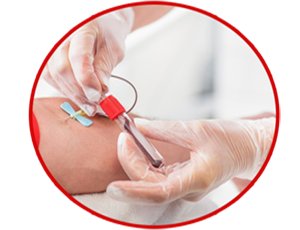Blood-borne pathogens

Blood-borne pathogens (BBP)
These disease-causing germs are present in the blood and certain body fluids. Viruses like HIV, hepatitis B and C are present in the blood and the body fluids of the infected persons. These can be transmitted when the body fluids or the blood of an infected person or blood on a contaminated object like glass or metal enters the body of another person.
Exposure to BBP during an emergency can happen through:
 An opening in the skin of a rescuer, for example, a cut, rash, or scab.
An opening in the skin of a rescuer, for example, a cut, rash, or scab.
 A direct splatter into the eyes, nose or mouth of the rescuer.
A direct splatter into the eyes, nose or mouth of the rescuer.
Universal Safety Measures:
Conform to universal safety measures when providing care at an emergency scene to minimize your exposure to BBP. Consider that all fluid body substances are infectious.
- Assume all victims as possible carriers of infectious ailment.
- For rescue breathing, use a CPR barrier.
- Put on PPE (Personal Protective Equipment): mask, moisture-proof gloves, eye protection, gown etc.
- Wash your hands properly before and after providing care, and after cleaning-up the accident scene.
Hand Washing:
Immediately wash your hands after removing the gloves. Use running water and soap, and scrub your hands vigorously for minimum 20 seconds.
